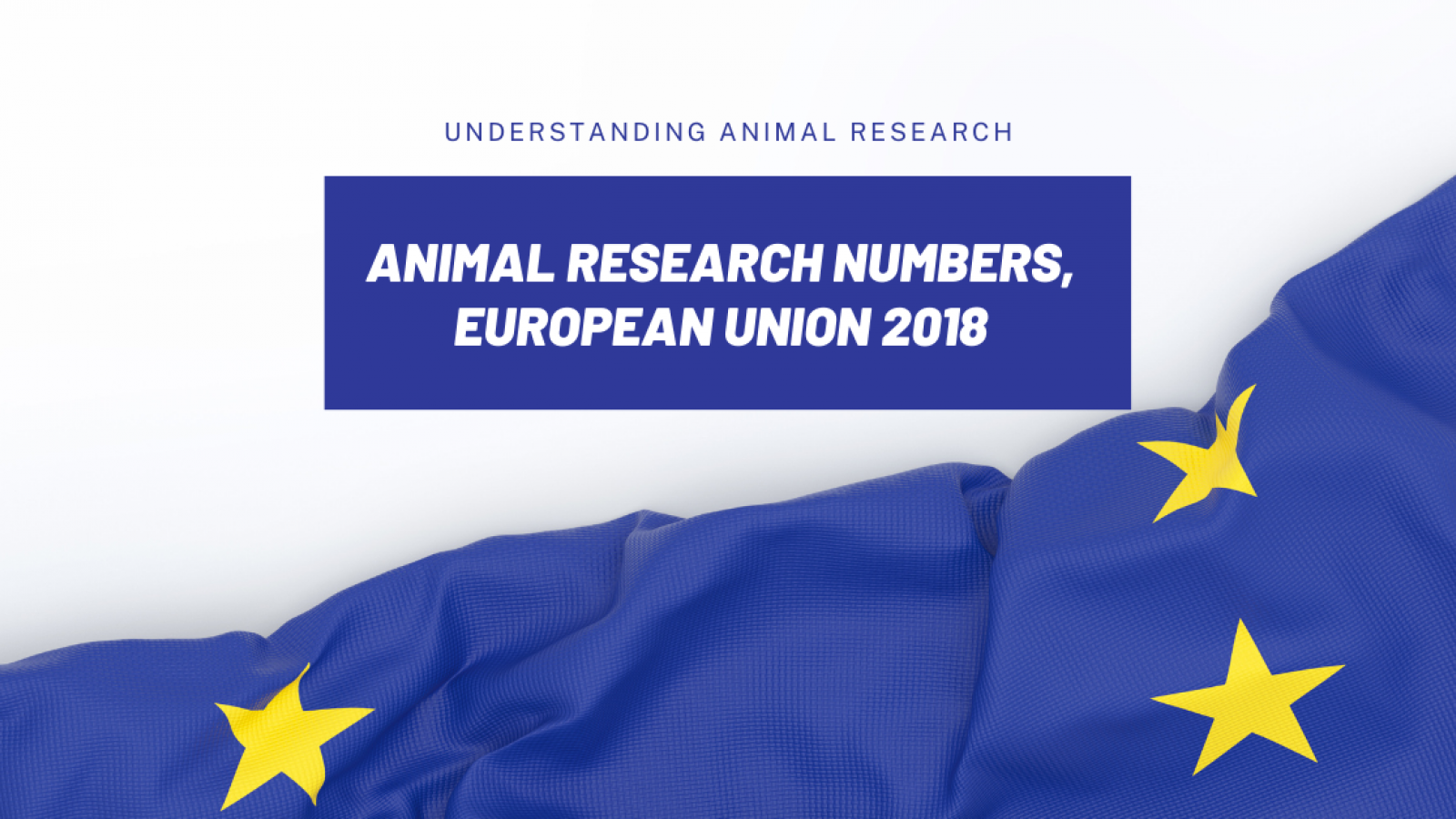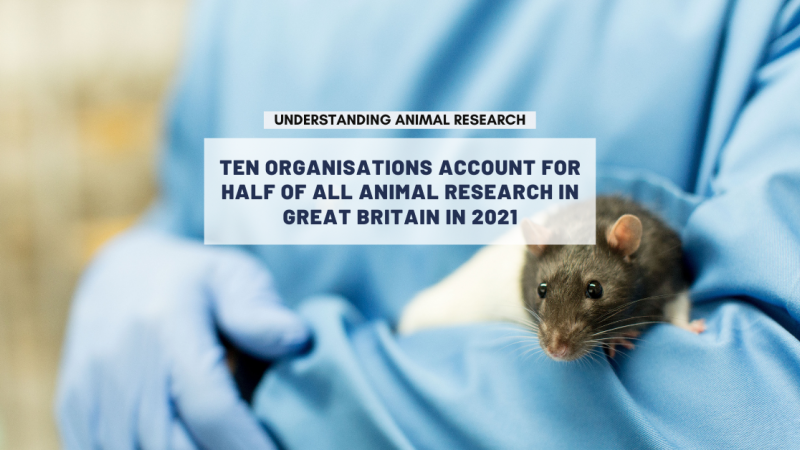
-
12,093,096 animals used for research in the EU (and Norway) in 2018
-
Mice, fish, rats and birds account for 93% of animals used
-
Cats, dogs, and primates account for 0.26%
-
The UK was the highest user of animals
-
Great Britain has already published its 2020 animal research statistics
The European Commission has released its ‘report on the statistics on the use of animals for scientific purposes in the Member States of the European Union and Norway in 2018’.
The report details the number of animals used for scientific, medical and veterinary research across 28 Member States (including the UK) and Norway for 2018.

In 2018, 12,093,096 animals were used for research in the EU and Norway. Of these 12,093,096 animals, 10,572,305 animals (87%) were used for experimental purposes while 1,520,791 animals (13%) were used for the creation and breeding of genetically altered animals.
The three countries that used the highest number of animals for experimental purposes in 2018 were France 1,752,906 (16.6%), the UK 1,749,901 (16.6%), and Norway 1,650,547 (15.6%). Click here for more information on country-specific statistics.
|
Species |
Number of animals used for experimental purposes (2018) |
% of total |
|
Mice |
5,505,169 |
52.07% |
|
Fish |
2,765,737 |
26.16% |
|
Rats |
999,246 |
9.45% |
|
Birds |
582,846 |
5.51% |
|
Other mammals |
657,946 |
6.22% |
|
Reptiles |
1,648 |
0.02% |
|
Amphibians |
27,597 |
0.26% |
|
Primates |
8,583 |
0.08% |
|
Cats |
1,554 |
0.01% |
|
Dogs |
17,711 |
0.17% |
|
Cephalopods |
4,268 |
0.04% |
|
Total |
9,388,162 |
100% |
93% of animals used for experimental purposes were mice, fish, rats, and birds. While cats, dogs and primates accounted for less than 0.26% of research.
Some animals are used more than once during research and in 2018 there were 10,804,854 procedures carried out on animals for experimental purposes.
|
Severity |
Number of procedures for experimental purposes (2018) |
% of total |
|
Non-recovery |
612,094 |
5.66% |
|
Mild (up to and including) |
5,469,214 3 |
50.62% |
|
Moderate |
3,658,621 |
33.86% |
|
Severe |
1,064,925 |
9.86% |
|
Total |
10,804,854 |
100% |
More than half (51%) of experimental procedures were classed as (up to and including) mild. A mild procedure may cause short-term mild pain, suffering or distress and/or minor changes in well-being or condition, for example, taking a blood sample.
Of the 10.8 million experimental procedures carried out on animals, 46% were carried out for basic research, 27% for translational and applied research and 18% for regulatory purposes to satisfy legislative requirements. Since 2013, it has been illegal to sell or import cosmetics anywhere in the EU where the finished product or its ingredients have been tested on animals.
UK statistics
Since supplying their figures to the EU, some countries, including the UK, have also published statistics for 2019 and 2020. Statistics on animal use in 2020 for Great Britain can be found here. The EU will continue to publish these EU statistics annually.
In the EU animal research is strictly regulated under the EU Directive 2010/63. Every procedure, from a simple blood test to major surgery, requires individual, establishment and project licences, as well as approval from animal welfare and ethical review bodies.
All organisations are committed to the ‘3Rs’ of replacement, reduction and refinement. This means avoiding or replacing the use of animals where possible; minimising the number of animals used per experiment and optimising the experience of the animals to improve animal welfare.
Last edited: 27 October 2022 18:29



